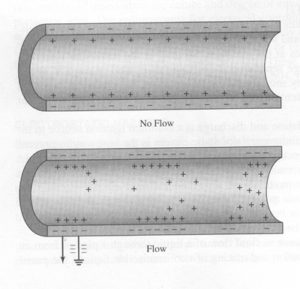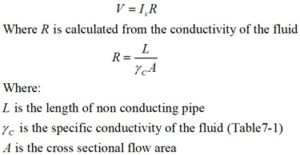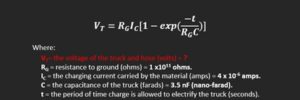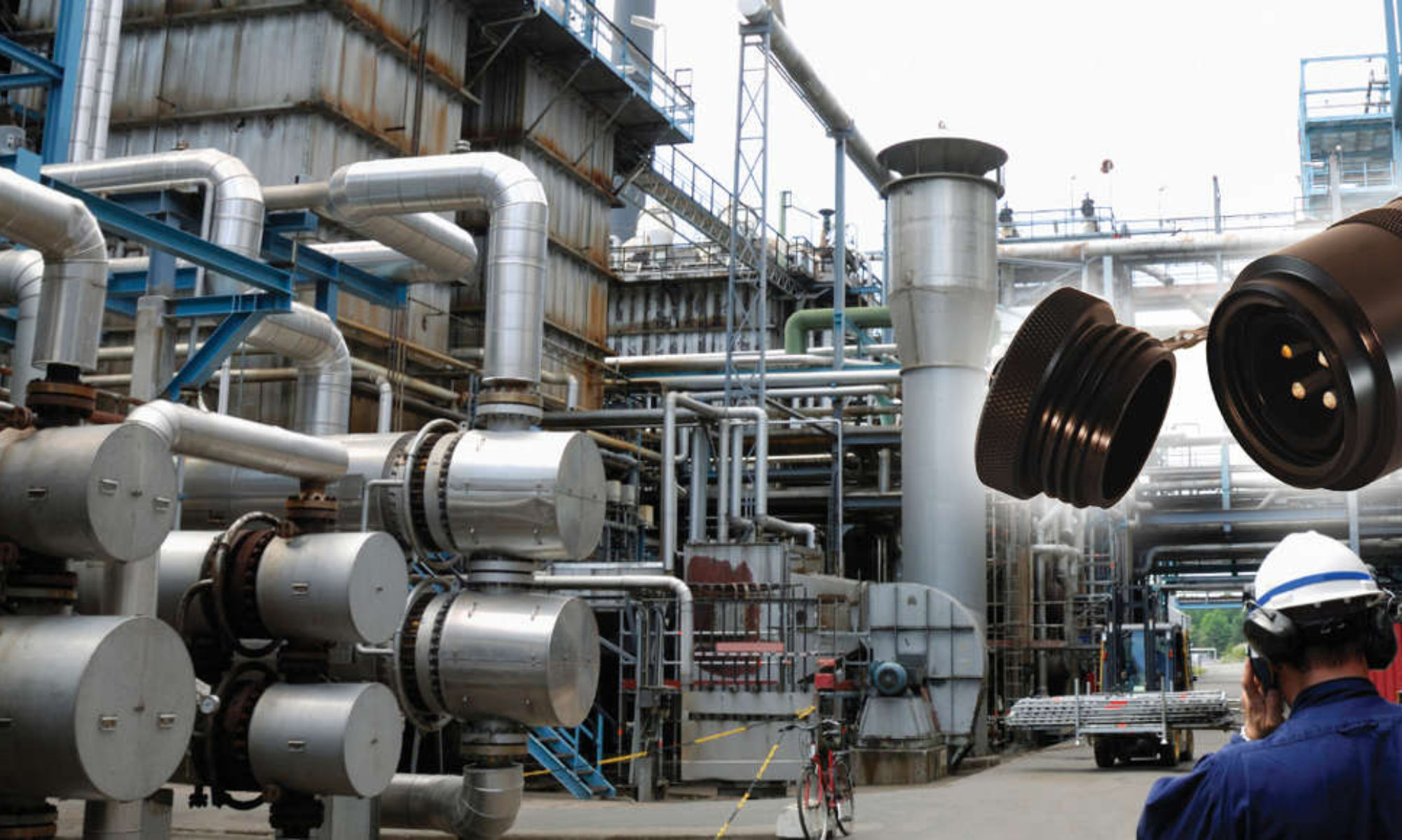Ketika cairan atau padat mengalir, ada transfer elektron dari satu permukaan ke yang lain saat mengalir melewati satu sama lain.
Arus listrik adalah aliran muatan listrik. Dalam sirkuit listrik muatan ini dibawa oleh elektron yang bergerak dalam kawat. Ini juga dapat dibawa oleh ion dalam elektrolit, atau oleh ion dan elektron seperti dalam gas terionisasi (plasma)
.
Satuan SI untuk mengukur arus listrik adalah ampere, yang merupakan aliran muatan listrik di permukaan pada tingkat satu coulomb per detik. Arus listrik diukur menggunakan alat yang disebut ammeter.
Partikel bermuatan bergerak dalam arus listrik disebut operator muatan. Dalam logam, satu atau lebih elektron dari setiap atom terikat secara longgar ke atom, dan dapat bergerak bebas di dalam logam. Elektron konduksi ini adalah pembawa muatan dalam konduktor logam.

courtesy [PPT] Static Electricity and Charge Accumulation.ppt
A. Rumus untuk Arus pada Pipa Kondutif ( Streaming Current on Pipes)

B. Rumus untuk Voltase pada Pipa non Konduktif (Gelas, Teflon lined) dapat terjadi pada aliran cairan (For flow through a non conducting pipe a voltage raised from flowing liquid.

C. Rumus untuk Voltase Truk Tangki dan Selang (Hose) pada Bongkar Muat Truk Tangki ( Voltage Principle on Loading Unloading Tanker Truck) 
In electric circuits this charge is often carried by moving electrons in a wire. It can also be carried by ions in an electrolyte, or by both ions and electrons such as in an ionised gas (plasma).The SI unit for electric current is the ampere, which is the flow of electric charge across a surface at the rate of one coulomb per second.
Electric current is measured using a device called an ammeter.
The moving charged particles in an electric current are called charge carriers. In metals, one or more electrons from each atom are loosely bound to the atom, and can move freely about within the metal. These conduction electrons are the charge carriers in metal conductors.

